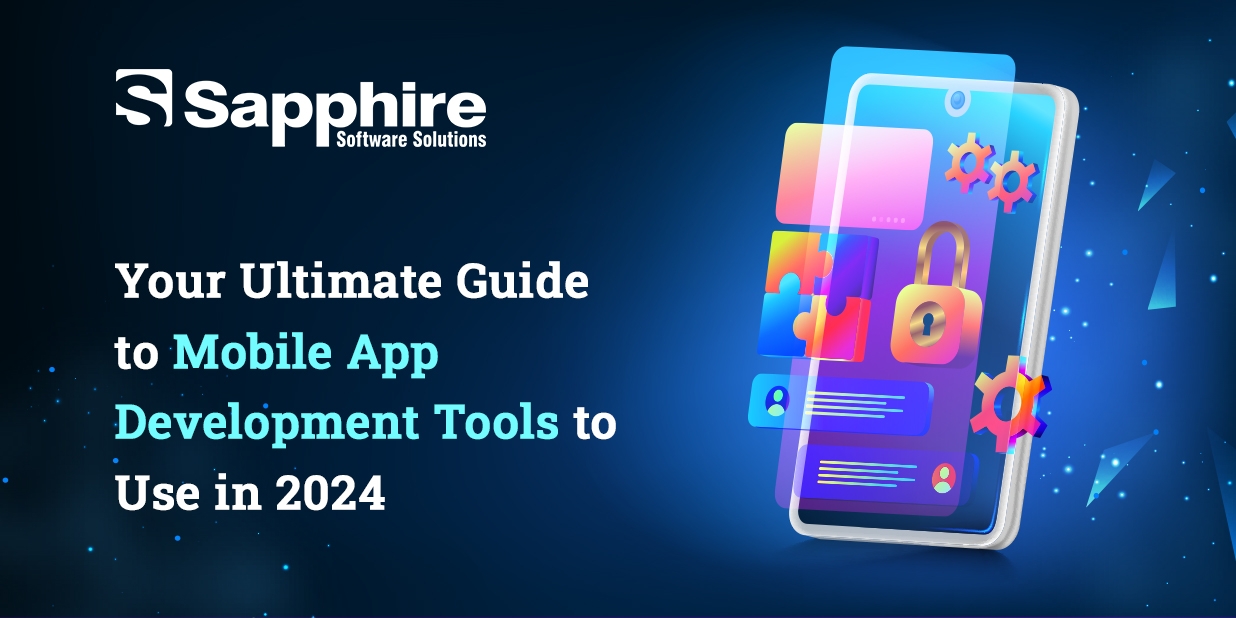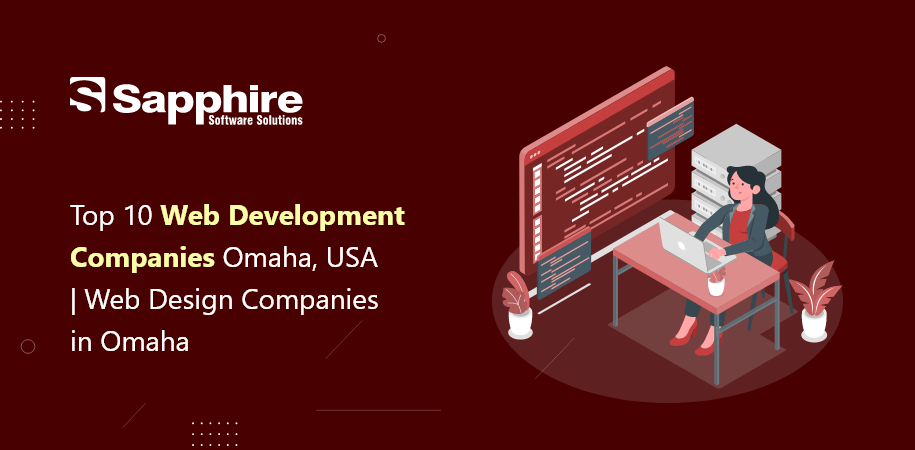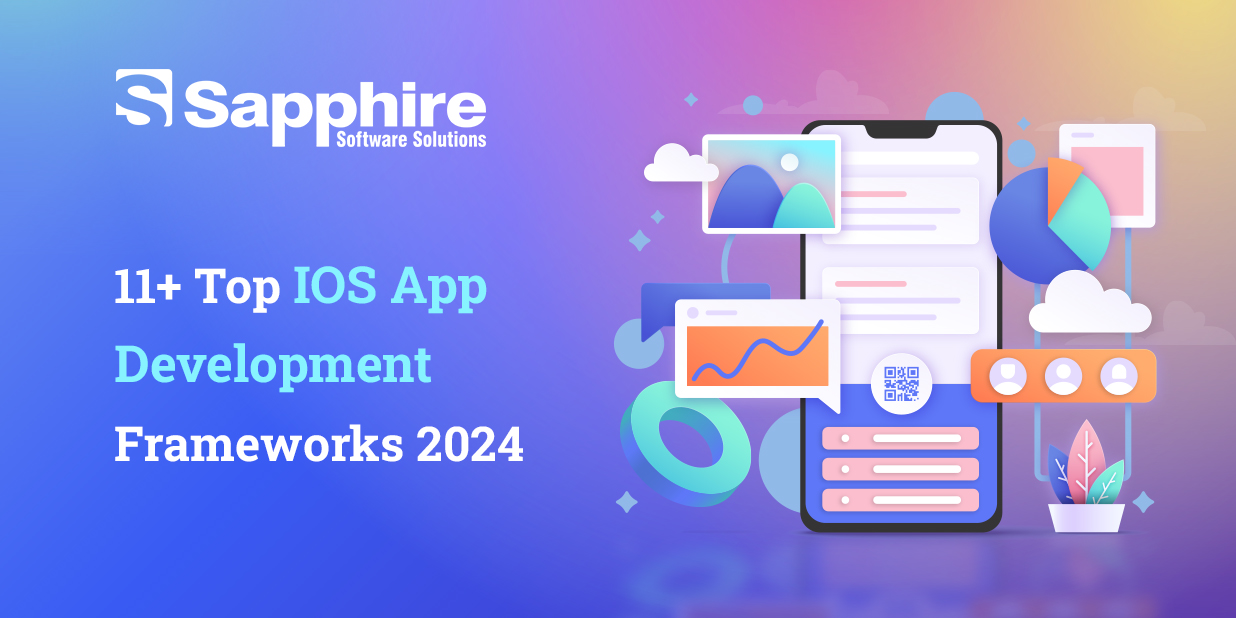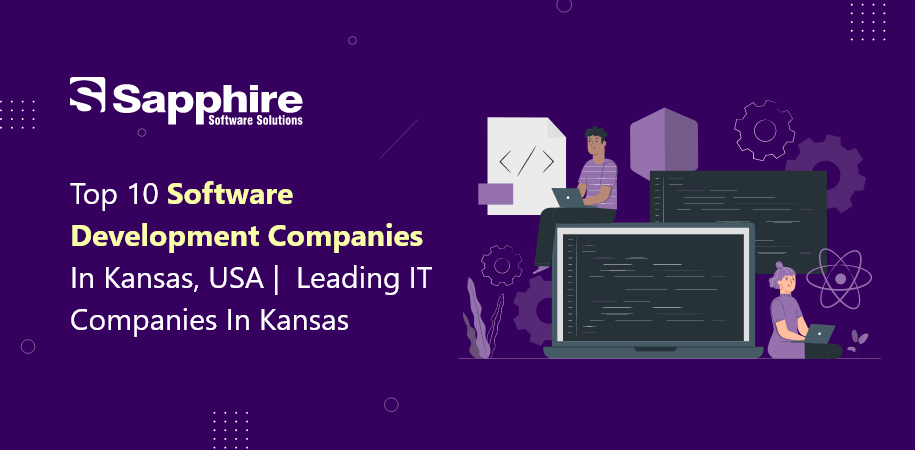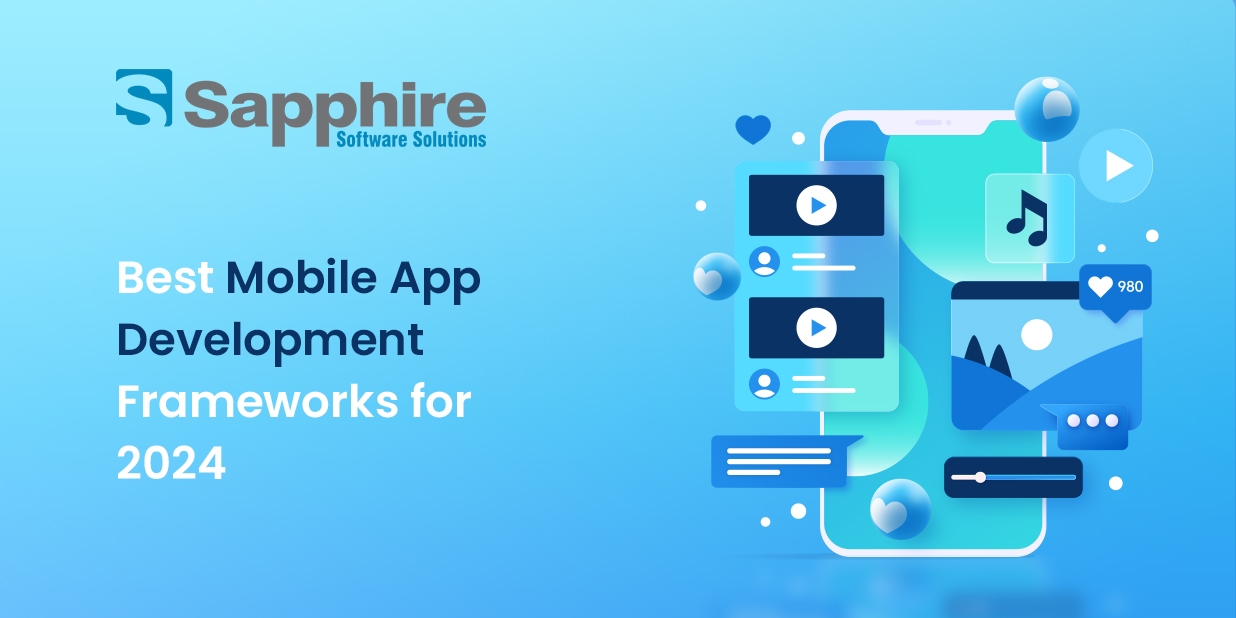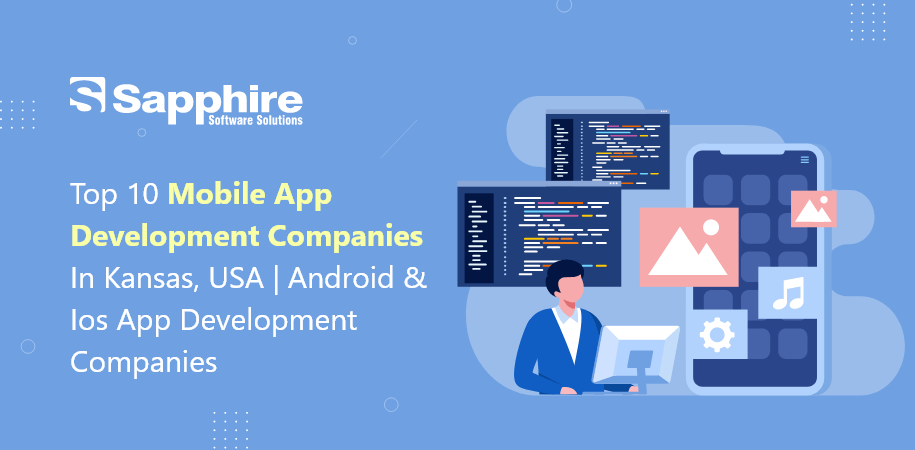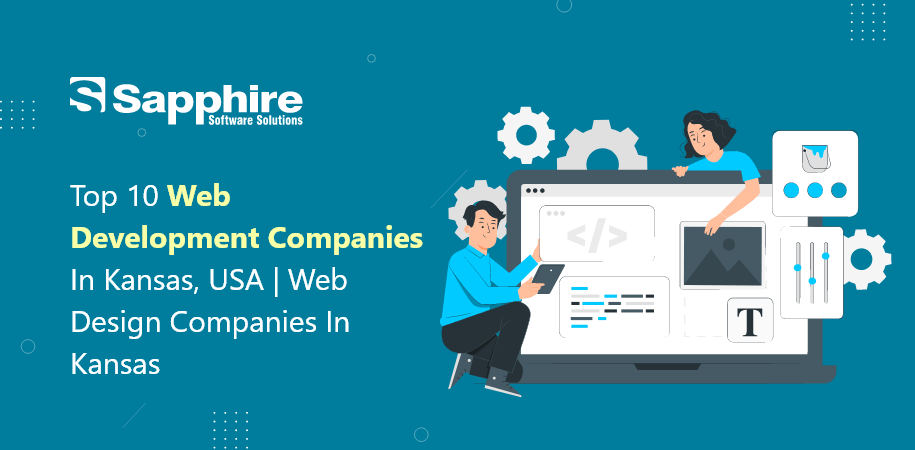This blog examines and assesses the most widely used application development tools currently accessible for mobile application development.
Here are the Trending Mobile App Development Tools in 2024:-
1. Xcode (for iOS):
The official IDE for iOS application development, Xcode supports Swift and Objective-C, among others. It includes extensive development, testing, and diagnostic tools for iOS applications. An interface builder for designing user interfaces and a simulator for testing applications on a variety of iOS devices are also included in Xcode.
2. Xamarin:
Microsoft-owned Xamarin is a .NET and C# cross-platform app development toolkit. It allows C# programs to be produced and deployed on iOS and Android. Xamarin provides a native app-like user experience by delivering native APIs. Its Visual Studio connection simplifies development for Microsoft ecosystem-savvy developers.
3. Unity:
Unity, a robust game development engine, facilitates the production of three-dimensional and two-dimensional games. It provides a comprehensive asset repository, an intuitive user interface, and cross-platform functionality. The fact that C# is supported for scripting in Unity and enables many developers to utilize it. A popular game development option, it enables game deployment across multiple platforms, including mobile devices.
4. Swiftic:
Firmly focused on business, it offers a 30-day money-back guarantee, a highly customizable pricing plan, a large knowledge base, and committed support teams. With this highly regarded app development program, customers may design mobile apps for iPhone, Android, and tablet versions. Its user-friendly interface, support for six languages, capacity to create apps in 27 languages, social network integration, and first-rate customer service streamline the app development process.
5. Parse:
Another platform for developing mobile apps is Parse, which provides resources for managing and developing iOS apps. Facebook later purchased the product after it was first developed by Parse Inc. The Parse open-source server can be self-hosted and is currently being maintained by the community after Facebook shut it down on January 28, 2017.
6. React Native:
Facebook created the open-source React Native framework to let developers create mobile apps with React and JavaScript. React Native’s primary benefit is that it saves developers time and money by enabling them to create mobile apps that work with the same codebase on both iOS and Android platforms.
7. The Titanium SDK:
Based on the well-liked Apache Cordova (PhoneGap) framework, Titanium SDK provides developers with direct access to the underlying native APIs through the usage of hyperloop technology. With Titanium, you can create amazing mobile experiences with JavaScript and create cross-platform native mobile applications. Using this technique, programmers may create JavaScript that maps straight to native APIs, offering near-native performance.
Integrated Development Environments (IDEs):-
1. Code Visual Studio:
Despite lacking IDE capabilities, its powerful features and extensions make it a popular mobile development tool. In addition to accommodating many programming languages, Visual Studio Code offers an integrated terminal, version control, and debugging tools. Due to its adaptability and robust extension ecosystem, it is well-suited for developers engaged in creating diverse mobile applications.
BaaS (Backend-as-a-Service) Platforms:-
1. Basefire:
Among its many features are real-time databases, authentication, cloud functions, and cloud messaging. The instantaneous synchronization of data across devices, made possible by Firebase’s real-time database, improves the responsiveness of mobile applications. Its seamless compatibility with iOS and Android renders it a favoured option among application developers.
2. Amplify by AWS:
AWS Amplify is an Amazon Web Services-hosted BaaS platform. It facilitates the development process by providing tools to construct secure and scalable web and mobile applications. Amplify, such as storage, authentication, and GraphQL APIs, support various backend services. The smooth integration of this service with various AWS services enables developers to take advantage of an extensive cloud ecosystem to construct resilient applications.
App Design and Prototyping Tools:-
1. Sketch:
Sketch is widely utilized as a design tool to generate interactive prototypes and user interfaces. It is extensively utilized by UI/UX designers to create layouts and components for mobile applications. Sketch facilitates the development of pixel-perfect and responsive designs, which assists programmers in integrating the desired user interface into mobile applications.
2. Adobe XD:
Without writing a single line of code, you can use XD to create interactive prototypes, link artwork, establish transitions, and incorporate user interactions. The majority of designers and developers have at some point in their careers used an Adobe product. With its recognizable UI, Adobe XD is a component of the Adobe Creative Cloud. The layers, styles, and symbols are on the right side of the main window, with the tool panel on the left. It is easier to work around complex design systems and symbol overrides, and there isn’t a severe learning curve.Using just one document, create, develop, and quickly implement artboards.
Mobile App Testing Tools:-
1. Appium:
Mobile app testing automation tool Appium is open-source and compatible with iOS and Android. It lets Java, C# and Python developers write tests. Appium provides a uniform testing framework for mobile, hybrid, and native web apps.
2. Espresso and XCTest:
XCTest is the Xcode-integrated testing infrastructure for iOS applications. It allows iOS application developers to create unit tests and user interface testing. Likewise, Espresso is the integrated testing framework for Android applications within the Android Studio environment. XCTest and Espresso are indispensable instruments that guarantee the dependability and excellence of mobile applications operating on their respective platforms.
These are some of the latest tools and frameworks that will be popular in 2024
At Sapphire Software Solutions, our team has hands-on experience in trending app development tools and frameworks. If you are looking for mobile app development services, contact us now! You can also Hire Mobile App Developers who experiment with various tools, and adjust to the dynamic ecosystem to develop competitive and successful mobile applications. Contact us now!
















